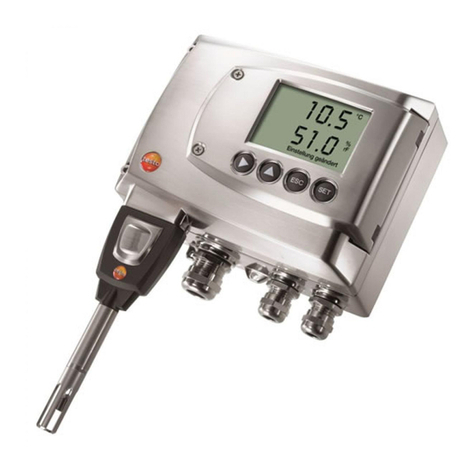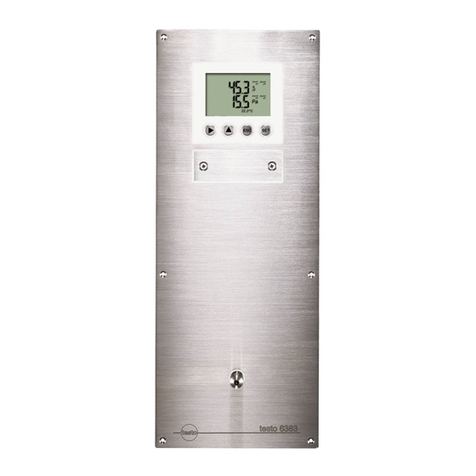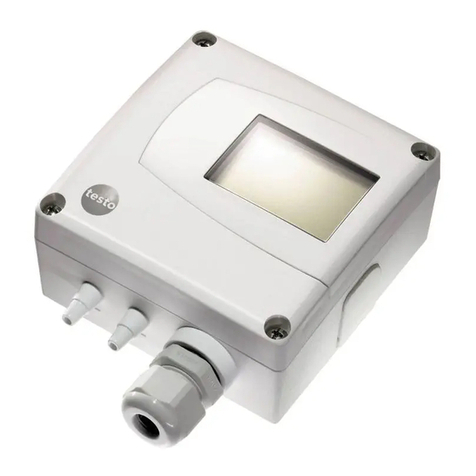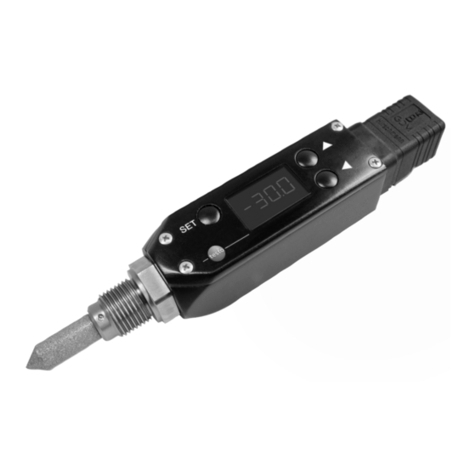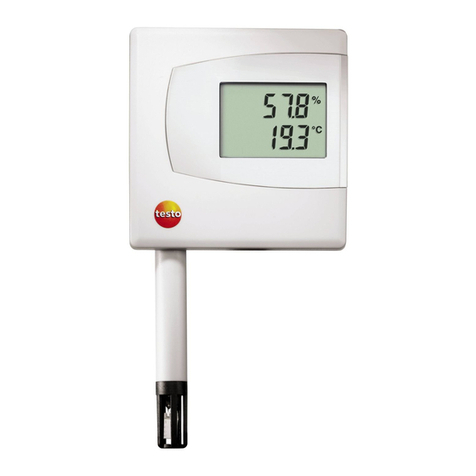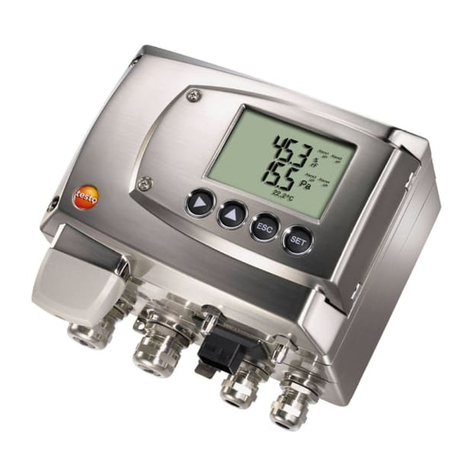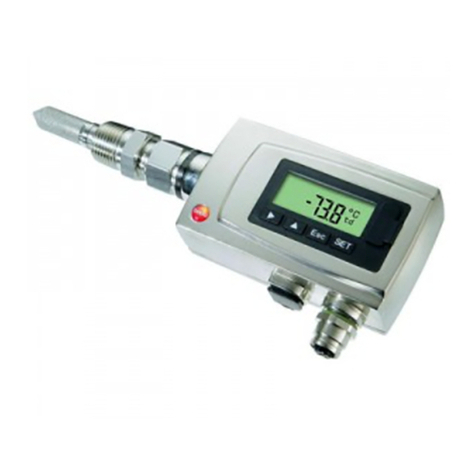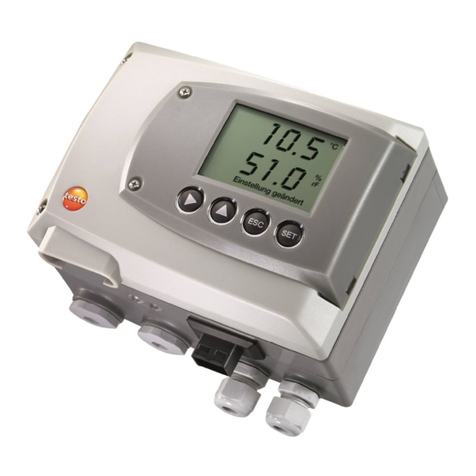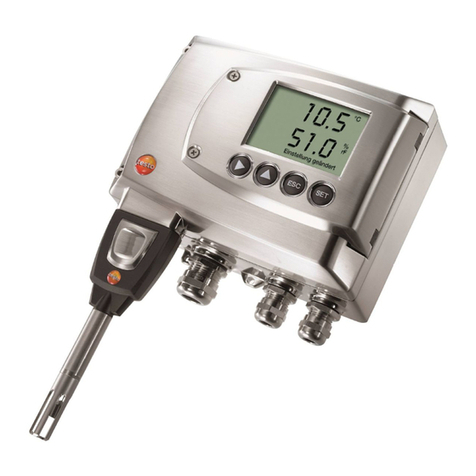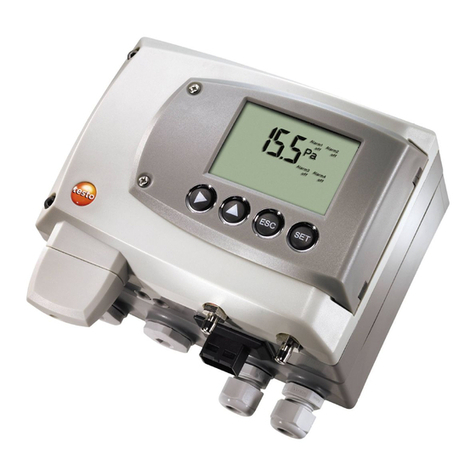3 Contents
6
4.4. Operation ...................................................................................... 37
4.4.1. Relationship between user menu and mini-DIN socket is active .................... 37
4.4.2. Password protection ...................................................................................... 37
4.4.3. Structure of user menu .................................................................................. 37
4.4.4. Overview of the testo 6383 user menu .......................................................... 39
4.4.5. The individual main menus ............................................................................ 41
4.4.5.1. Editing main menu of channel 1 ...................................................... 41
4.4.5.2. Editing Main Menu Alarm ................................................................ 41
4.4.5.3. Editing Main Menu Settings............................................................. 43
4.4.5.4. Editing Main Menu Analysis ............................................................ 45
4.4.5.5. Editing Message main menu ........................................................... 47
4.4.5.6. Calling up Main Menu Ident............................................................. 48
4.4.5.7. Editing Main Menu Adjust................................................................ 48
4.4.5.8. Editing Reset main menu ................................................................ 49
4.5. Status, warning and error messages ............................................ 50
4.5.1. Status messages ........................................................................................... 50
4.5.2. Warning messages ........................................................................................ 51
4.5.3. Transmitter error messages........................................................................... 52
4.5.4. Status code in cyclical service ....................................................................... 53
4.5.5. Handling alarm messages ............................................................................. 53
4.5.6. Namur fault conditions ................................................................................... 54
4.6. Maintenance and cleaning ............................................................ 55
4.6.1. Maintaining the instrument............................................................................. 55
4.6.2. Cleaning the instrument................................................................................. 55
5Parameterizing, adjusting and analyzing software (P2A software) .. 55
5.1. Specifications................................................................................ 55
5.1.1. Functions and use ......................................................................................... 56
5.1.2. System requirements..................................................................................... 56
5.1.3. Scope of delivery ........................................................................................... 57
5.2. First steps ..................................................................................... 57
5.2.1. Installing the software/driver .......................................................................... 57
5.2.1.1. Installing P2A software .................................................................... 57
5.2.1.2. Installing USB driver........................................................................ 57
5.2.1.3. P2A software upgrade..................................................................... 57
5.2.2. Starting the software...................................................................................... 58
5.2.2.1. Starting the program........................................................................ 58
5.2.2.2. Establishing a connection with the instrument ................................. 58
5.2.2.3. Activating the connection with the instrument.................................. 58






